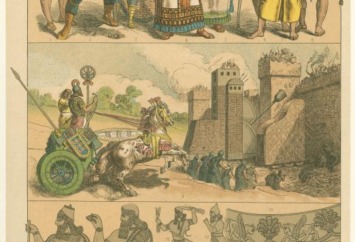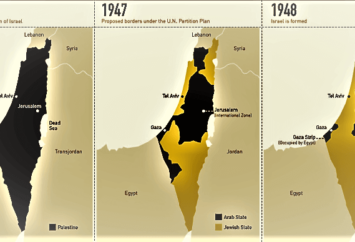The late 19th century saw the rise of two powerful nationalist movements that would come to define the Israel-Palestine conflict: Zionism and Arab nationalism. Zionism emerged in Europe as a response to widespread anti-Semitism, particularly in Eastern Europe and Russia, where pogroms and discrimination were rampant. Theodor Herzl, often called the father of modern Zionism, proposed in his book “The Jewish State” (1896) that Jews needed a homeland where they could be safe from persecution, and he identified Palestine as the historical and spiritual homeland of the Jewish people.
At the same time, Arab nationalism was rising as a response to both the decline of the Ottoman Empire and increasing European colonialism in the region. Many Arabs in Palestine and across the Middle East began to see themselves as part of a larger Arab nation, united by language, culture, and history. The idea of an independent Arab state became appealing, particularly as the Ottoman Empire’s grip weakened.
These two nationalist movements—Zionism and Arab nationalism—were not inherently at odds at first, but as Jewish immigration to Palestine increased in the early 20th century, tensions began to rise. The first wave of Jewish immigration to Palestine, known as the First Aliyah (1882–1903), saw the arrival of tens of thousands of Jews, many of whom sought to establish agricultural communities. This was followed by the Second Aliyah (1904–1914), during which another significant wave of Jewish immigrants arrived, further unsettling the local Arab population.
As both Jews and Arabs sought to establish their own states in the same territory, the seeds of conflict were planted, setting the stage for the political struggles that would follow.




